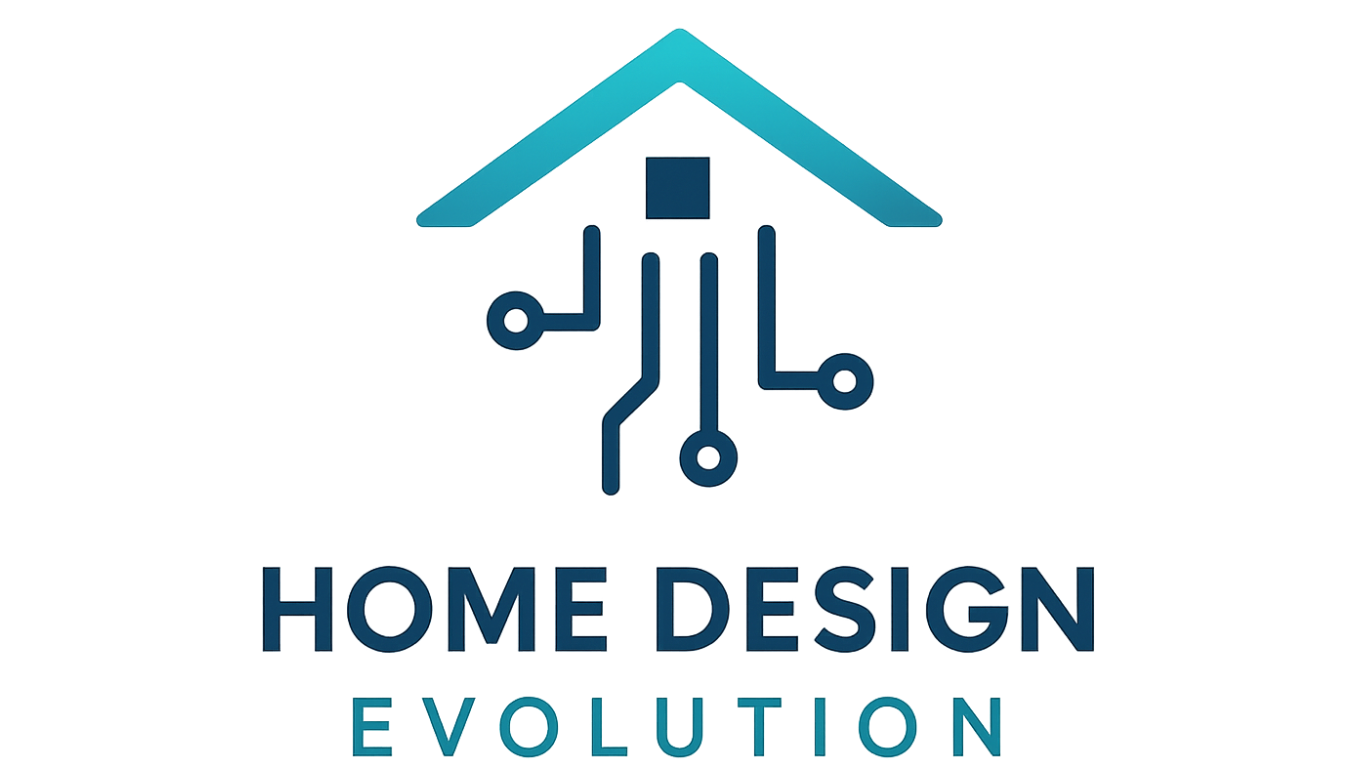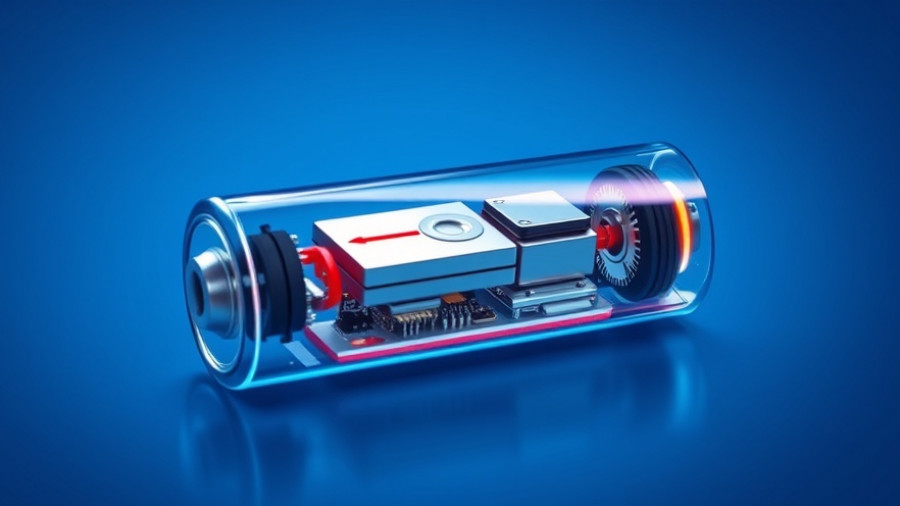
The Breakthrough: Sodium Batteries vs. Traditional Lithium
What if I told you the world's largest battery company, CATL, has developed batteries that could possibly cost as low as $10 per kilowatt hour? It sounds like a fairy tale for homeowners and eco-warriors alike, but it could be a reality very soon. This kind of price drop is akin to going from buying a luxury car to purchasing a bicycle. Remarkably, CATL – known for its lithium batteries – is diving deep into sodium technology, which had previously fallen into the shadows of the battery industry.
In 'How CATL Made Batteries 90% Cheaper (And What Happens Next)', the discussion dives into revolutionary battery technology, sparking deeper analysis on its implications for homeowners.
In the realm of battery technology, sodium batteries have often been regarded as a second-rate option. They typically suffer from lower energy density and shorter lifespans compared to their lithium counterparts. But now, CATL is on a mission to flip this narrative on its head with their new sodium battery pack named Naxtra.
Why Does This Matter? Changing the Landscape of Energy Storage
The implications of CATL's sodium battery technology could be transformative for consumers. Imagine storing solar energy at a fraction of the current expense or ensuring your home is powered during blackouts—these are both possible outcomes if sodium battery technology truly lives up to its hype. With this breakthrough, homeowners could see a shift in how they interact with energy systems, leading to more sustainable practices in their homes.
The significance becomes even clearer when considering the historical context. Lithium-ion batteries have dominated the market, yet they’ve been increasingly expensive to manufacture, even while prices have dropped significantly over the years. The race to reduce costs has been intense. When CATL announces a sodium battery that could potentially market for $10 per kWh, we are not just talking about a new product. We are discussing a potential seismic shift in the energy landscape.
The Safety Factor: Why Sodium Could Be the Safer Option
Homeowners often express concerns about battery safety, especially with the growing prevalence of electric vehicles (EVs) and home energy storage. Lithium batteries have been known to catch fire, which raises eyebrows. Sodium batteries, however, are far less likely to ignite and are generally considered safer. This could offer peace of mind for eco-conscious homeowners who are already invested in sustainable technologies.
Sodium’s Unique Characteristics and Competitive Edge
What makes CATL's Naxtra sodium battery so intriguing is not just its cost but its performance under duress. The Naxtra batteries operate effectively from extreme cold to warm climates, which means they can perform well throughout diverse geographic locales. For homeowners in colder regions, this could mean relying on technology that does not falter in the face of snow and icy conditions.
This battery promises to retain 90% of its usable power in temperatures as low as -40 degrees Celsius – a startling feat for battery technology. What’s more, this battery system claims the ability to last over 10,000 charge cycles, equating to far more longevity than many current lithium batteries that typically last between 3,000-4,000 cycles.
The Future of Sodium Power: What Lies Ahead for Consumers
One question lingering in the air is whether CATL will genuinely deliver on its claims of affordability and longevity. It’s worth considering that while sodium batteries have clear advantages, lithium still retains higher energy density and is more economically established right now.
If CATL's figures prove accurate, even if sodium batteries hit a moderate price point of $40-$50 per kWh, the potential for widespread adoption of electric vehicles and home energy storage systems starts to become plausible. Many analysts predict that affordable energy storage could unlock a renaissance in renewable energy, directly supporting households looking to cut their carbon footprint while saving money.
Consumer Confidence: Overcoming Skepticism
The forthcoming advancements in sodium battery technology signal not just innovation but a deepening trust in sustainable practices. How receptive will consumers be to sodium as a replacement? Many eco-conscious homeowners will be pivotal in testing the waters of this new surge in sodium batteries.
With CATL’s wealthy history of delivering viable and trusted products, you can bet that much of the energy sector—and consumers like you—will be watching closely as these batteries roll out. Will they outperform expectations? Only time will tell.
A Call to Action: Stay Informed About this Energy Revolution
Are you interested in transforming your living space with emerging battery technology? The possibility of utilizing sodium-powered batteries can be an exciting avenue for homeowners aiming for a greener lifestyle. Keep close tabs on this evolving narrative. Understanding how sodium batteries could revolutionize energy consumption can lead to smarter choices for your home's energy needs. Your investment in sustainable energy starts with staying informed—so whether you've got a home solar panel system or simply hope to reduce your energy bill, be proactive about learning more!
 Add Row
Add Row  Add
Add 



Write A Comment